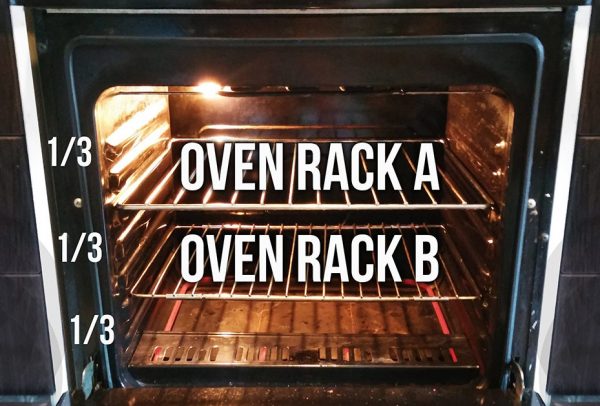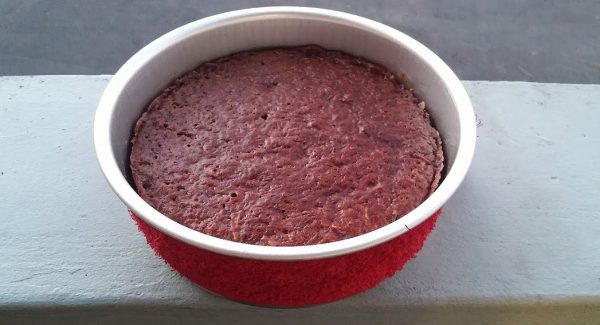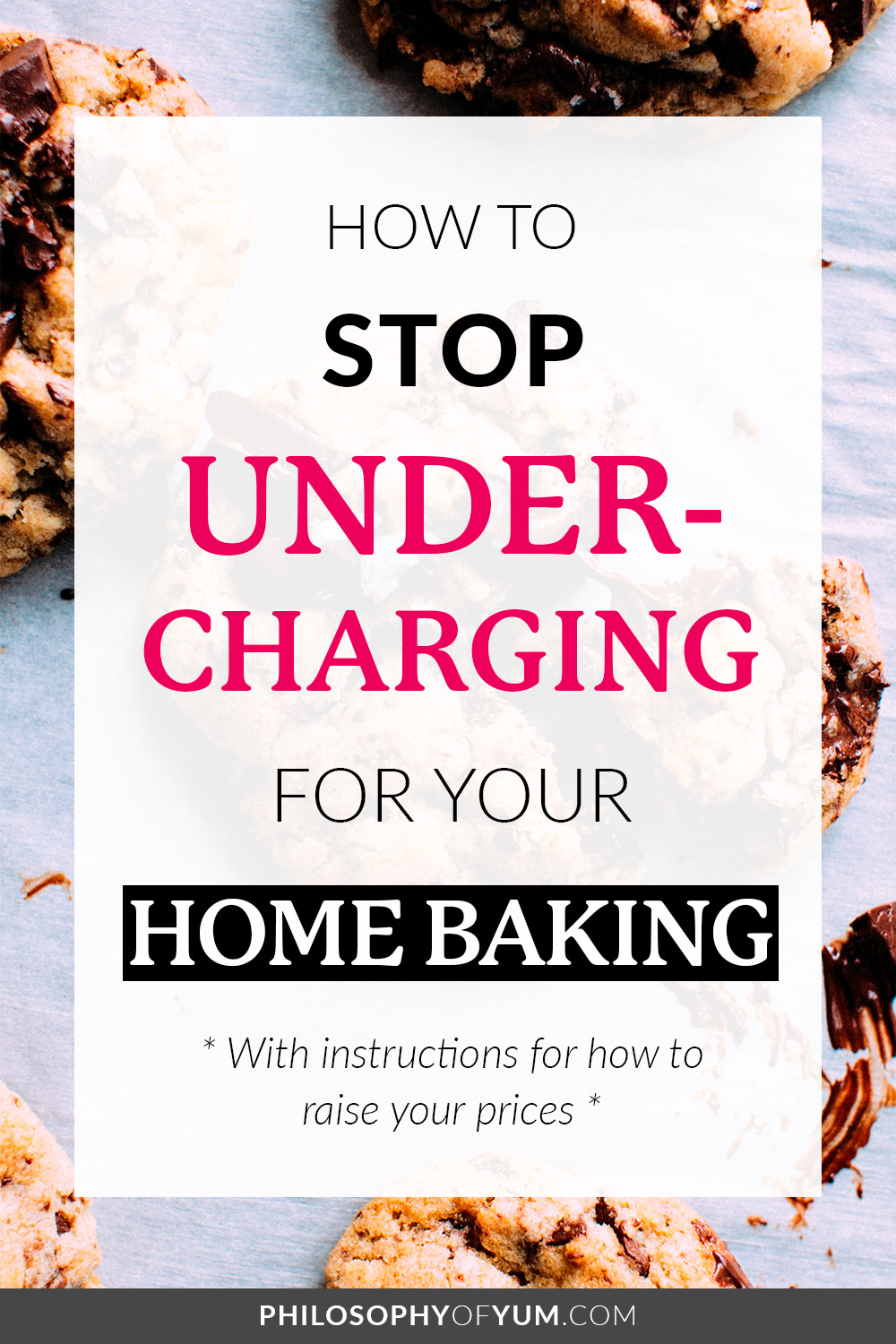How to Bake Perfectly Flat Cake Layers
I used to think that perfectly flat cake layers are only within the grasp of PRO bakers. When I started out baking, I loved baking cupcakes a whole lot more than baking layered cakes.
The simple reason behind this is that I wanted to avoid all the waste. You know how it goes… We need to trim off that ugly dome off our cake layers to make them level and then I obviously don’t throw the off-cuts away…
I hate wasting, so I eat all of it…
Shameless Aurelia.
Shameless.
As much as I enjoyed stuffing my face with cake, I couldn’t keep this up. Neither could my jeans!
Beyond the desire for perfectly level cake layers, there was another problem. The cake was moist in the center, but quite dry around the edges.
This had to be fixed. Cupcakes bake a lot quicker than large cake layers, so they aren’t in the oven for very long. Large cakes however, obviously need to spend a lot more time in the oven.
By the time the center is cooked, the outer edge has been cooked for the past 25 minutes and is now overcooked.
Credit is due:
I did some research and found a great post on the issue of baking level cake! A Cozy Kitchen wrote this amazing post on baking flat cake layers. It was tremendously helpful!
I’ve refined the technique quite a bit though, because as you know I do not believe all cake recipes can be baked the same way. If you don’t know what I mean, take a look at How to Bake Perfect Cupcakes – Advanced Tips.
Please note: This post has affiliate links. This means that if you purchase some of these products I get a tiny commission – but at NO extra cost to you. I’m super proud to recommend these resources to you because they’ve completely transformed my Home Bakery Business!
Before we get started:
So once again there is a basic technique for baking level cake layers (as with baking Perfect Cupakes), but it needs to be adapted according to your recipe. In my experience cake recipes can be divided into 3 different categories (due to how they respond in the oven). This definitely does not include cakes like Angel Food Cake which is a whole different ballgame.
- Butter Based Recipes
- Oil Based Recipes
- Recipes containing fresh fruit/vegetables
Here is a picture of how I divide my oven. You will need this later.

Greasing the tin:
I always line the bottom of my tin with high quality non-stick parchment/baking paper. It makes removing the cake a total breeze! Simply place the base of your cake tin on the paper, trace a circle and cut it out.
Lining the sides of the tin with parchment paper is just too tedious for me. I love using non-stick spray! Feel free to use butter or oil if you desire.
Basic technique for baking flat cake layers:
Adrianna from A Cozy Kitchen uses moist towel strips, fastened around the tin with safety pins. Her hypothesis is that “What’s happening here is that the moisture from towel is helping the cake bake more evenly, resulting in an even rise and a cake with a flat top.”

I think the moisture definitely plays a role, but in my opinion the damp towel keeps the sides of the tin cooler, so that the batter in direct contact with the sides of the tin doesn’t cook so fast. This gives the cake batter around the edge a bigger window of time to rise.
Of course you can also buy Wilton Bake-Even Strips online! They’re like a formal version of this wet-towel-strips-method and save you the drama of cutting up a towel (that your Mother may or may not have given you…)
- Measure the height of your tin.
- Get a clean, new-ish hand towel. Not a scrap one you used to clean the floor with.
- Cut off strips of towel as wide as the height of your tin and long enough to wrap around your tin. It’s totally fine if the towel is going to end up overlapping around the tin. Rather don’t cut off the edges of the towel, this helps keep the strip intact.
- Place the towel strips in some water and squeeze them about till they are evenly wet. Wring out the water.
- Grease and line your cake tin.
- Fasten the wet towel strips around the tin.
- Pour in batter, level it out and bake.
My first change was to fasten the towel strips around the tin with paperclips instead of safety pins. It was very difficult to get the towel strips tightly wrapped around the tin. It was even more challenging to make them stay in position with safety pins as these allow room for movement.
The first time was a disaster! The towel kept sagging down on the sides of the tin, but I did see a slight improvement in the levelness of the cake. Second time around I used paperclips and I’ve never looked back.
Adapting the technique:
Butter based recipes:
Butter based cake recipes respond extremely well to this technique! Be sure to squeeze and wring out your towel strips as well as you possibly can. If they are too wet, the sides of your cakes can even rise higher than the middle! Be sure to level out your batter with a spatula before baking. There is no need to spread the batter higher up the sides or anything.
- Bake the cake on oven rack A at 180˚C
- Gently rotate your pans halfway through baking.
Oil based recipes:
The wetter, the better for this category. Lightly squeeze the towel strips so that they are just past dripping point. Grease and line the tin as usual and pour in your batter.
Swirl the pan around slowly so that the batter coats about 1 cm of the tin’s edge above the batter’s normal resting level.
Shake the pan a little bit so that the main batter returns to its neutral resting level. Do this just before you place the cakes in the oven.
- To bake the cake, preheat your oven to 170˚C.
- Place a clean, empty roasting tray on rack A.
- Place your cake tins on rack B.
- Pour about 1/2 cup water in the bottom of the oven.
- Bake for about 10 minutes.
- Rotate the pans and pour ½ cup water in the bottom of the oven. Continue to bake on rack B for a further 20 minutes.
- Remove the roasting tray on rack A and move your cakes from rack B to rack A. Rotate your cakes again at this point as well.
- Continue to bake until done.
Recipes containing Fresh Fruit/Vegetables:
Curiously these batters respond somewhere in between the butter and oil categories. The fresh fruit/vegetables naturally release a lot of moisture as they bake as well which helps in the level cake baking process.
Still, it does help to have a towel strips very wet (squeezed out just past dripping point) for this category as well.
Grease and line the tin as usual and fasten the wet towel strips around your tins. Pour in the cake batter. Swirl the pan around slowly so that the batter coats about 1 cm of the tin’s edge above the batter’s normal resting level.
Shake the pan a little bit so that the main batter returns to its neutral resting level. Do this just before you place the cakes in the oven.
- To bake the cake, preheat your oven to 170˚C.
- Place your cake tins on rack A.
- Continue to bake on rack A until done, rotating the pans every 15 minutes.

Final Notes:
When baking 7 inch cakes and smaller, I’ve found that a hand towel’s absorption powers are too great. For small cakes I use DISH towel strips instead – they work perfectly! OR if you bake different sized cakes, it’s really worth it to get the Wilton Bake Even Strips Set for 6 inch, 8 inch, 10 inch and 12 inch tins.
Although this hack is the most amazing game changer in baking a level cake, you’ll still need to trim off tiny bits here and there – but it’ll be minimal. Oil based cakes especially still rise with a slight dome, but they are about 80% more level than before!
And you also won’t need to trim the sides of your cake ever again. The wet towel strips ensure the oven stays moist and keeps the edges from baking too quickly. Your level cake layers will have a beautifully moist crumb from edge to center 🙂 Yay!
This technique has changed my life! Give it a try and let me know what your results are.
Chat soon!
Aurelia 🙂























